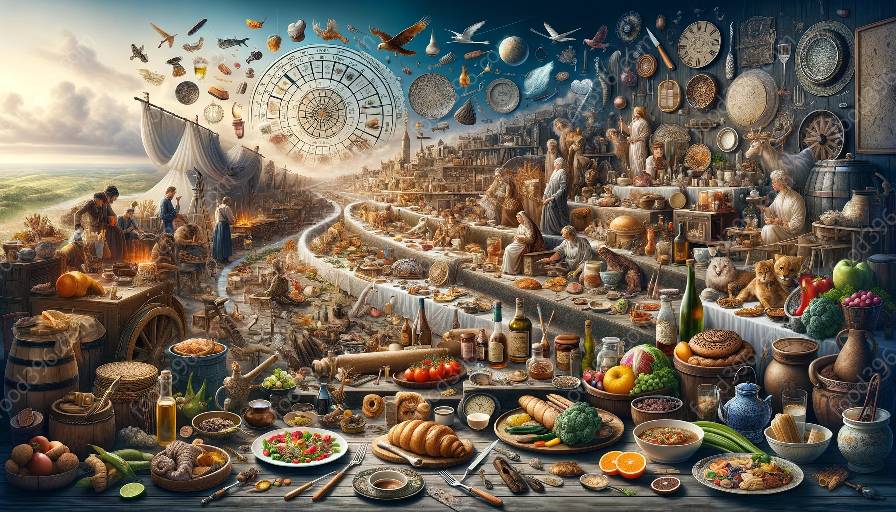Chinese cuisine is renowned for its diversity, with regional variations reflecting the rich culinary history and cultural uniqueness of different parts of China. From the fiery spices of Sichuan to the delicate flavors of Cantonese cuisine, the regional differences in Chinese culinary traditions offer a tapestry of flavors and techniques that have evolved over centuries. To truly understand the regional variations in Chinese cuisine, it's essential to delve into the deep roots of Chinese culinary history and explore how each region's unique history, geography, and cultural influences have shaped the distinct flavors and cooking styles that define Chinese cuisine today.
The Diversity of Chinese Cuisine
Chinese cuisine can be categorized into eight major culinary traditions, each with its own distinctive flavors and cooking techniques. These traditions are often associated with specific regions and include Cantonese, Sichuanese, Hunan, Shandong, Jiangsu, Zhejiang, Anhui, and Fujian cuisines. The diversity of Chinese cuisine is a reflection of China's vast landscape and diverse cultural heritage, with each region contributing its unique culinary legacy to the overall tapestry of Chinese gastronomy.
Cantonese Cuisine:
Cantonese cuisine, originating from the Guangdong province, is known for its delicate flavors and emphasis on fresh ingredients. The Cantonese are famous for their skillful use of steaming, stir-frying, and braising techniques to create dishes that showcase the natural flavors and textures of the ingredients. Seafood, poultry, and vegetables play a prominent role in Cantonese cuisine, and the use of sauces and seasonings is carefully balanced to enhance the overall taste of the dishes.
Sichuanese Cuisine:
Sichuanese cuisine hails from the Sichuan province and is famed for its bold and spicy flavors. The cuisine is characterized by the use of Sichuan peppercorns, chili peppers, and garlic, which create a numbing and fiery sensation in the mouth. Sichuanese dishes often feature a combination of hot, sour, sweet, and salty flavors, resulting in a complex and deeply satisfying culinary experience.
Hunan Cuisine:
Hunan cuisine, originating from the Hunan province, is known for its rich and flavorful dishes. The cuisine emphasizes the use of smoked and cured meats, as well as the liberal use of chili peppers and garlic. Hunanese dishes are often bold in flavor and reflect the region's love for spicy and savory flavors.
Evolution of Chinese Cuisine: A Historical Perspective
The history of Chinese cuisine dates back thousands of years, with its evolution closely intertwined with the social, economic, and cultural developments of China. Historical records indicate that Chinese cooking traditions have been influenced by various dynasties, foreign invasions, and trade routes, resulting in a culinary landscape that continues to evolve to this day.
During the Qin and Han dynasties, the development of agricultural techniques and the introduction of key ingredients such as soybeans, wheat, and rice laid the foundation for many staple Chinese dishes. The Silk Road, an ancient trade route that connected China with the Middle East and Europe, facilitated the exchange of culinary knowledge and ingredients, leading to the incorporation of new spices and cooking techniques into Chinese cuisine.
The Tang and Song dynasties saw significant advancements in culinary arts, with the emergence of elaborate cooking methods and the refinement of dining etiquette. The Mongol invasions during the Yuan dynasty brought about the integration of nomadic culinary traditions and the widespread consumption of meats such as lamb and mutton, influencing the culinary practices of northern China.
The Ming and Qing dynasties witnessed the flourishing of regional culinary traditions, as regional cuisines began to gain recognition and influence beyond their respective provinces. This period also saw the development of the

